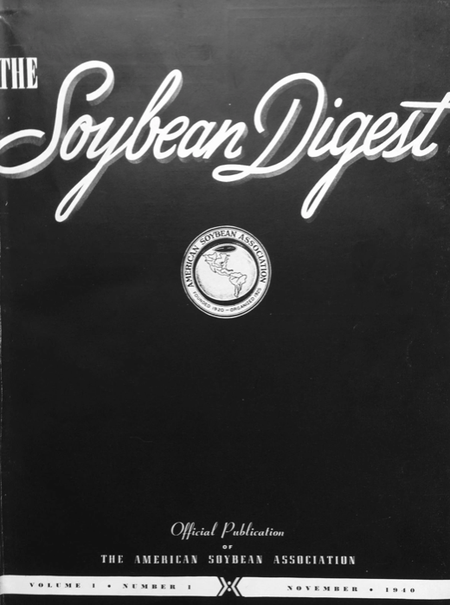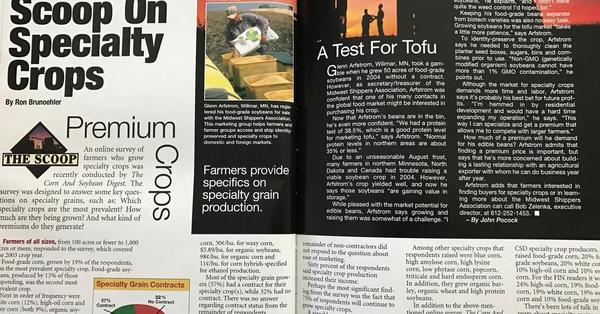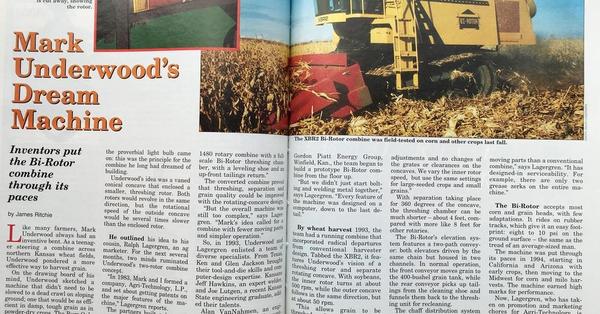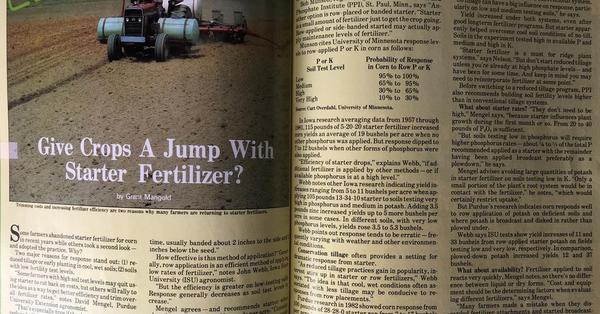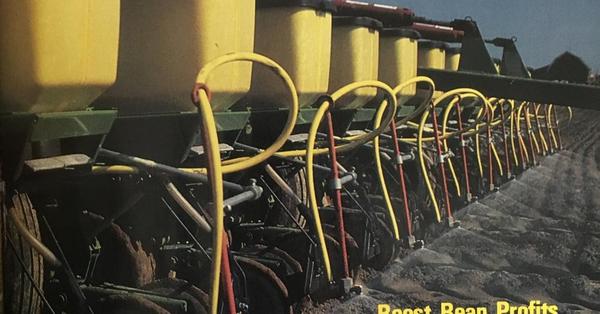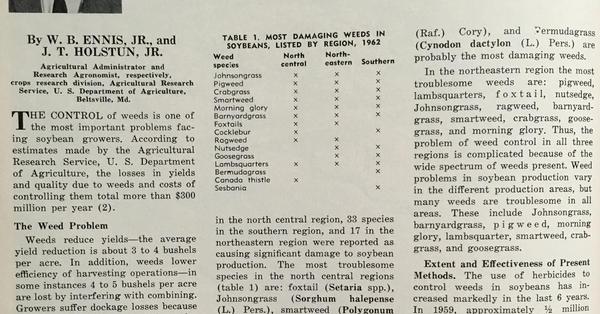
Taking a look back at the 1980s farm crisis and it's impacts
Since last November, we have posted a monthly gallery that looks back at feature stories and advertising in a given year of each each decade since the 1940s. Examining dusty, old, encyclopedia-like books steeped with history has been fun. In case you have missed any of these galleries, find them here: http://cornandsoybeandigest.com/csd-75).Our most recent four galleries looked at the 1980s – the fifth decade of Soybean Digest. We examined back issues from January through December 1985.The farm...
